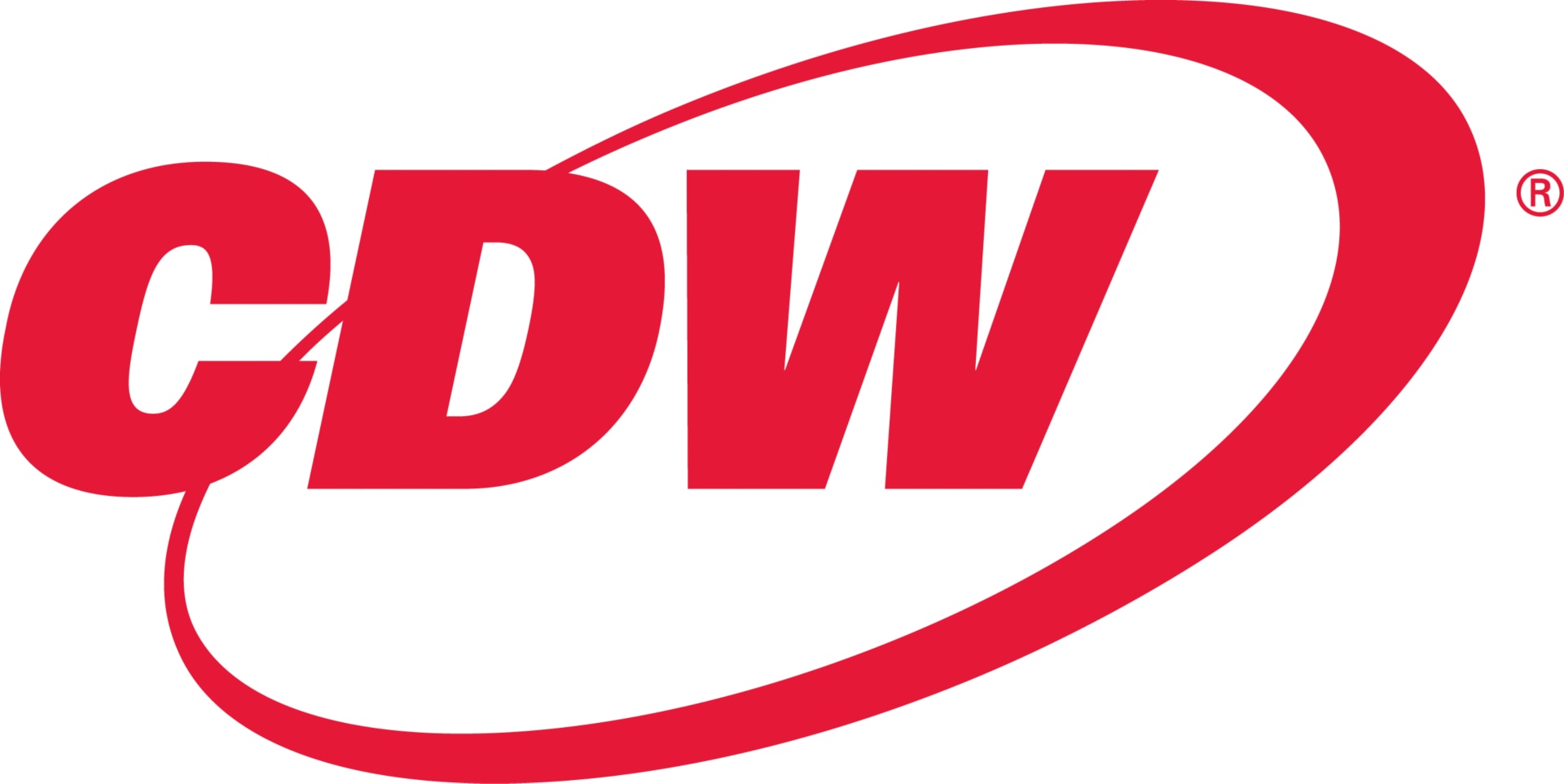Research Everything IT
RECENTLY ADDED
Read the Latest in the Research Hub


Dec 30, 2025
Software
How AI Is Transforming Productivity Across the Energy, Oil and Gas Value Chain
Article
4 min
How AI can help improve and streamline operations in the energy, oil and gas sectors.


Dec 23, 2025
Security
How Businesses Can Enhance Security and Deployments in Multi-OS Environments
Use Case
3 min
Discover how CDW helped a leading financial services company optimize device performance and streamline deployments within a mixed Windows and Mac ecosystem.


Dec 23, 2025
Data Center
How Higher Ed Institutions Can Protect Data with Modern Storage Environments
Use Case
3 min
Discover how CDW helped a large public university in the Midwest strengthen data resilience and streamline storage management across a mission-critical environment.


Dec 19, 2025
Software
Transforming Operations with AI-Powered Efficiency
Case Study
3 min
A leading housing lender partnered with CDW to streamline workflows, accelerate decision-making and elevate customer experience by embedding AI and automation throughout its internal operations.


Dec 19, 2025
Software
Unify Data To Accelerate Artificial Intelligence in 2026
Article
3 min
Microsoft Fabric is increasing trust and reliability in AI, helping organizations validate new initiatives.


Dec 19, 2025
Data Analytics
How Edge AI & IoT Are Transforming Industries with Smarter Spaces
Webinar
2 min
Discover how IT-OT convergence, together with edge AI and IoT, are creating smarter spaces across industries, improving safety, efficiency and data integration in the process.
TRENDING
What Other IT Pros are Researching
View All

Sep 16, 2022
Networking
Why You Should Consider an Upgrade to Wi-Fi 6 or 6e
article
3 min
A wireless upgrade can help organizations meet users’ growing demand for connectivity.


Oct 03, 2022
Security
Don't Get Hooked: Avoid Becoming the Bait of a Phishing Email
article
3 min
Take a look at this infographic to learn what to look out for in a suspicious email.


Sep 23, 2022
Digital Workspace
Conversation Design Puts AI One Step Closer to Humans
article
4 min
Conversation interfaces can enable customer interaction with automated systems more naturally.


Sep 09, 2022
Cloud
When a DDoS attack comes, defend your applications with an AWS firewall
article
3 min
CDW Managed Services for AWS protects customer web applications using AWS WAF Security Automations.
SECURITY
Create a Secure Digital Environment
Helping to protect you—and your end users—from security breaches.


Dec 23, 2025
Security
How Businesses Can Enhance Security and Deployments in Multi-OS Environments
Use Case
3 min
Discover how CDW helped a leading financial services company optimize device performance and streamline deployments within a mixed Windows and Mac ecosystem.


Dec 17, 2025
Security
How Businesses Can Enhance Security for Legacy Applications
Case Study
3 min
Discover how CDW helped a rural insurance provider modernize access for a legacy application that lacked support for current authentication methods.


Dec 12, 2025
Security
Security in 2026: 4 Trends to Watch For
Video
3 min
As AI transforms cybersecurity, organizations must be ready to adapt.


Nov 19, 2025
Security
Measuring the True Success of Your Vulnerability Management Program
Article
6 min
Are your vulnerability management efforts truly reducing risk or simply checking boxes? Learn to measure the success of your vulnerability management program with a tiered approach to metrics for operational, tactical and strategic insights.
Collaboration
A Digital Workspace for New Ways of Working
View All

Dec 15, 2025
Digital Workspace
Why Culture, Not Code, Determines AI Success
Article
5 min
AI succeeds when organizations focus on people, not mandates. Explore how to drive adoption with clear goals, strong governance and pilot-led experimentation that delivers real business outcomes.


Dec 12, 2025
Digital Workspace
Four Trends to Watch in 2026 as Workplace Technology Evolves
Video
3 min
By leaning into these new developments, organizations can set themselves up for success.


Dec 09, 2025
Digital Workspace
How To Modernize Your Customer Contact Center To Meet Evolving Expectations
Article
5 min
AI-enhanced platforms, customer contact centers are rapidly evolving to make agents more productive and to provide a seamless customer experience.


Dec 05, 2025
Digital Workspace
How Workplaces — and the Technology That Supports Them — Have Evolved
Article
5 min
IT and business leaders must work strategically to meet employee expectations and reduce friction in the modern workplace.
CLOUD
Complete Your Cloud Journey


Dec 15, 2025
Cloud
How Agentic AI Is Shaping the Future of Platform Engineering
Article
4 min
Agentic AI is revolutionizing hybrid cloud migrations and platform engineering by automating complex workflows and improving developer experiences — driving resilient, innovative infrastructure with multi-agent collaboration and expert guidance.


Dec 05, 2025
Cloud
How a Non-Profit Gained Autonomy and Agility With an Azure Cloud Migration
Case Study
4 min
Discover how CDW helped a non-profit organization migrate from a restrictive VMware environment to Microsoft Azure, reducing deployment times from one month to two hours and optimizing costs.


Dec 05, 2025
Cloud
Health Insurance Leader Scales for Future Growth With Cloud Adoption Framework
Case Study
0 min
Discover how CDW helped a major health insurer navigate market changes by implementing a Microsoft Azure cloud environment, reducing onboarding times by 98% and creating new revenue streams.


Dec 05, 2025
Cloud
Seamless Azure Migration Transforms Technical College’s Cloud Strategy
Case Study
3 min
Discover how CDW enabled a top-ranked technical college to migrate 76 virtual and nine physical servers to Azure with minimal disruption, enhancing scalability, efficiency and disaster recovery for better operational outcomes.















